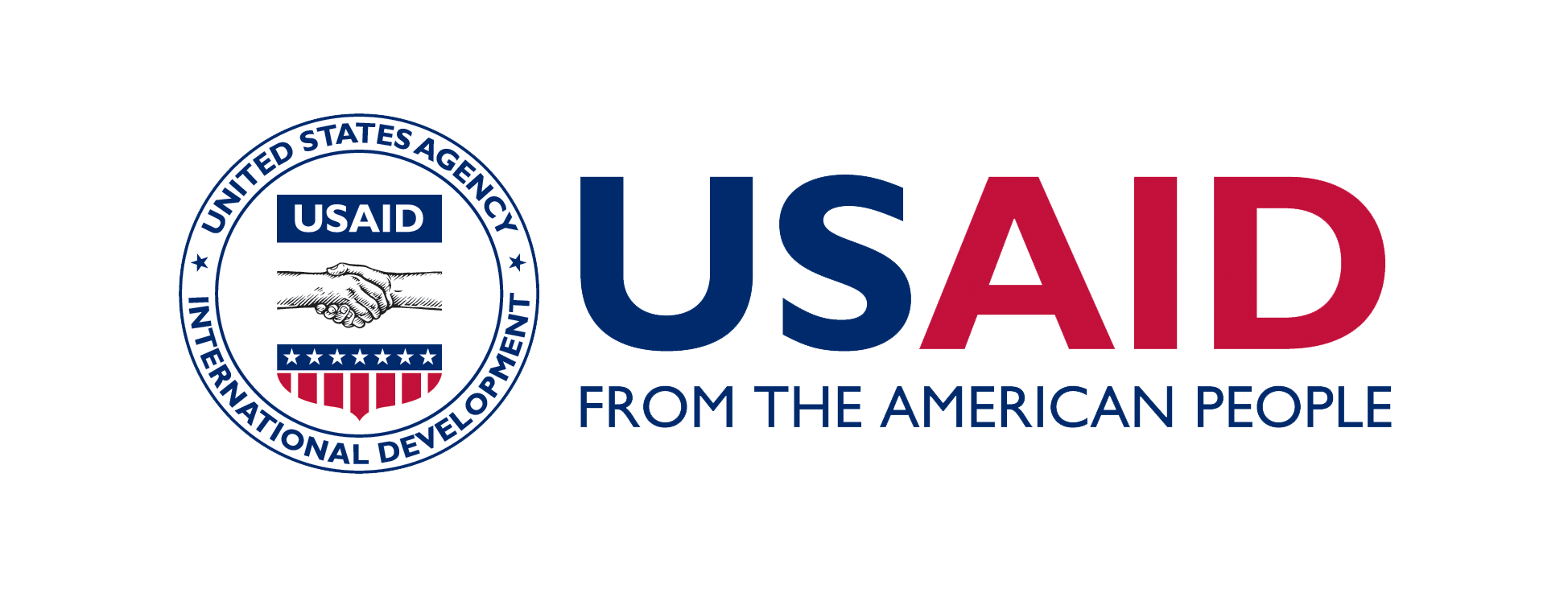Public health donors are increasingly interested in supporting demand-side financing programs in which individuals receive vouchers or cash for participating in family planning, for instance, or taking advantage of safe delivery services.
Although embraced for their potential to increase access by the poor to healthcare services, a question remains: Are incentive programs reaching their targets? The answer is yes, according to new research that focused on a family-planning voucher program in Kenya. Results of that study were presented November 13 at the International Conference on Family Planning by Karampreet Sachathep, PhD Candidate in Population, Reproductive and Family Health, Johns Hopkins Bloomberg School of Public Health.
The program, which ran from 2006-2012, offered low-income Kenyan women in some communities the opportunity to purchase a heavily subsidized voucher for long-acting or permanent contraception methods (LAPM). Using data from household surveys collected by the Population Council, Sachathep and colleagues created concentration curves—a technique most often used in economics research—to provide a visual representation comparing LAPM utilization between the rich and poor in areas where vouchers weren’t offered and where they were.
They found that in areas where the program wasn’t in place, LAPM use was slightly skewed toward the rich. But in areas where vouchers were distributed, LAPM use was higher among poor women.
“Donors want to know whether they are reaching the poorest of the poor with these programs,” Sachathep says. “Here, you can see that these targeting mechanisms really are successful.”—Christen Brownlee











